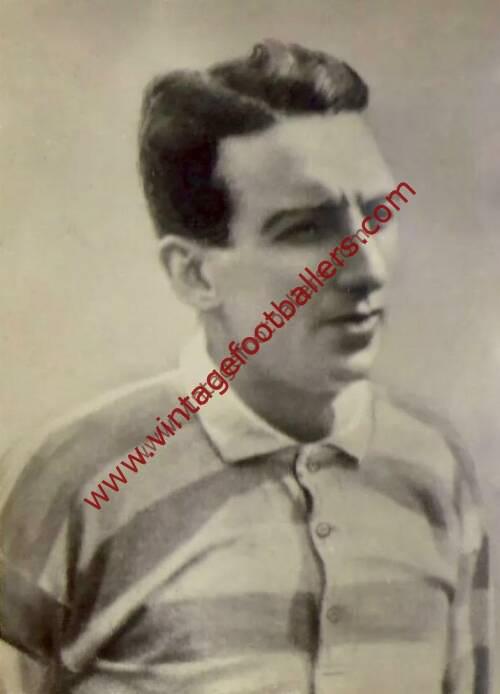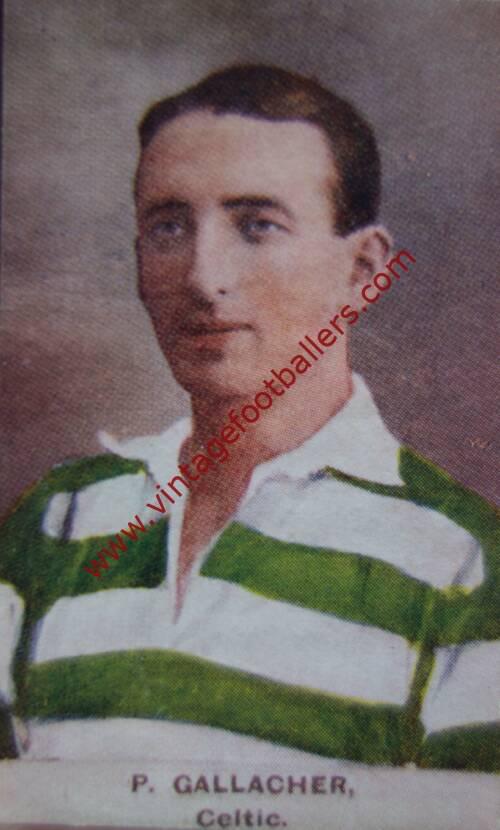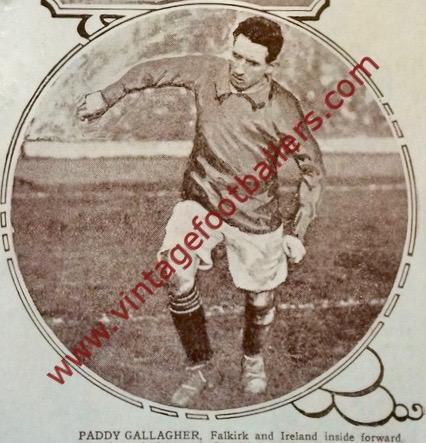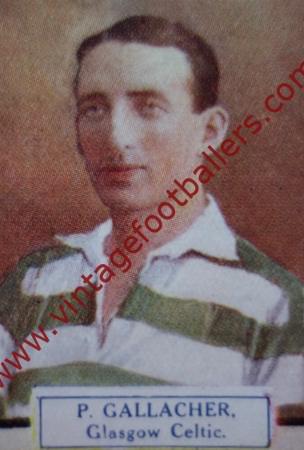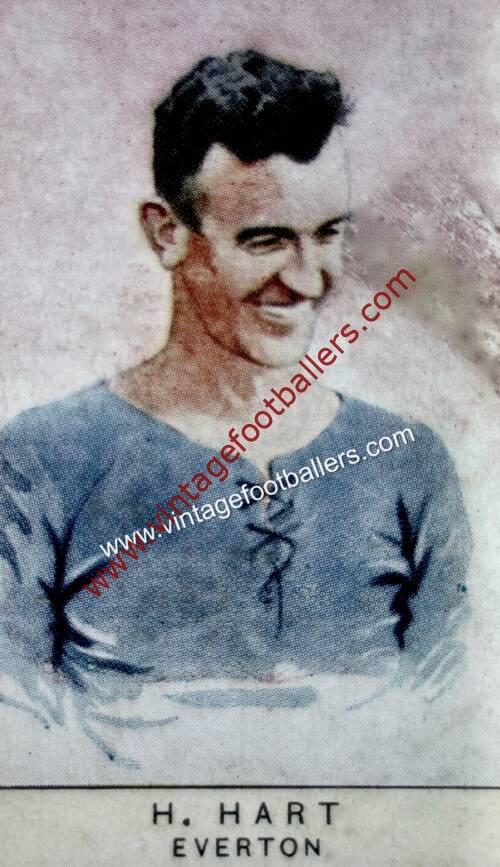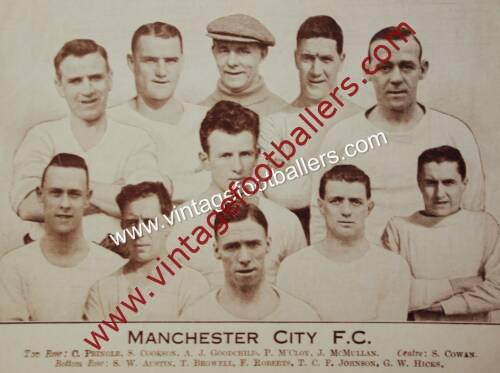Please choose your photo size from the drop down menu below.
If you wish your photo to be framed please select Yes.
Note: 16″x 20″not available in a frame.
Images can also be added to accessories. To order please follow these links
£8.95 – £49.95
Please choose your photo size from the drop down menu below.
If you wish your photo to be framed please select Yes.
Note: 16″x 20″not available in a frame.
Images can also be added to accessories. To order please follow these links
Milford, County Donegal born, Glasgow raised inside right Patsy Gallacher is one of the Celtic’s leading goalscorers of all time and perhaps the Lionel Messi of British football in the pre-WW2 era, earning the title “The Prince of Dribblers”. He is commonly regarded as one of the most gifted footballers to ever wear the famous green and white Hoops and some would argue that he was the most talented Bhoy of them all, the same can probably said of the green of Ireland. ‘The Mighty Atom’ first caught the eye at Clydebank Juniors after starting his football career with Benvue and Renfrew St James from 1907. Some thought the player was simply not physically strong enough to perform in the senior game but after a number of trial games he was eventually signed by legendary Celtic manager Willie Maley on 25th October 1911 and made his full competitive Celtic debut at Parkhead in a 3-1 League win over St Mirren. When Maley first introduced the fragile looking player to his new team-mates the great Celtic centre forward Jimmy Quinn remarked: “You can’t put that Bhoy on the park, Boss. If you do it will be manslaughter!”. Within six months he secured his first winner’s medal, scoring once in the 2-0 victory over Clyde in the 1912 Scottish Cup Final.
In terms of his ability with a football Gallacher was a revelation. A genius. He was the most wonderful of dribblers and his audacious talent saw him tease and terrorise defenders. He was an entertainer but his cheeky skills also had an end product as time after time Gallacher would deliver a killer pass or hit home an unstoppable shot. The Celtic support had seen nothing like the unique brilliance of Patsy and his dazzling runs and thunderous shots would brighten up the dourest of Scottish winter afternoons. His jinking, gutsy, jousting runs had the supporters roaring their approval year after year. The Irishman – who came to Scotland with his desperately poor family when just a young child – was a major factor in numerous Celtic successes as the Bhoys established themselves as the dominant team in Scottish football. His Parkhead career would last 15 years in which time the Hoops won six Scottish League titles, four Scottish Cups, four Glasgow Cups and eleven Glasgow Charity Cups.
Possibly his most celebrated moment was in the 1925 Scottish Cup Final, a match since dubbed ‘The Patsy Gallacher Final’. Getting the ball just inside the Dundee half, he rolled past challenge after challenge, sometimes appearing in danger of toppling over as he swerved and swayed dangerously close to the ground. No Dundee boot or body could stop him completely as he veered, sure foot as a young deer, towards their goalmouth. Finally a heavy, desperate tackle grounded him inside the six-yard box. Patsy hit the ground and for an instant his brave effort seemed to be at an end. But Patsy had not yet parted company with the ball, which remained between his feet. A quick somersault and both Patsy and the ball ended up entangled in the Dundee net for the most unorthodox goal in a Scottish Cup Final. It was one magical moment.
In the summer of 1926 Maley announced that Gallacher would be retiring but a furious Patsy denied all knowledge of this and subsequently joined Falkirk for £1,500 where he played on for another six years. Speculation among Celtic fans was that the board wanted to save on Patsy’s wages, which were considerably higher than those of any other Celtic player of the time. He scored 29 goals in 152 appearances for Falkirk before his retirement in 1932.
He became the highest paid international player at the time, and over 50,000 turned up at Windsor Park, Belfast, to see him on his debut against England in October 1919. He also won 11 Irish international caps between 1919 and 1927, representing the Irish Free State once versus Spain in 1931 when already 40 years of age. Gallacher also represented the Scottish League XI twice, both games against the Irish League, while at Celtic. He also went on the Scottish FA Tour of Canada in 1927 scoring 7 goals in 7 appearances.
A brilliant and evocative tribute to Gallacher is found in James E. Handley’s The Celtic Story: A History of Celtic Football Club (1960):
‘From the days of Johnny Campbell, Willie Groves and Sandy McMahon, the ‘Prince of Dribblers’, to the era of Willie Fernie and Charlie Tully, the Celtic club has recruited a host of players whose cantrips with the ball have given ecstatic delight to the followers of soccer, but in that brilliant galaxy no star has shone with the effulgence of Patsy Gallagher.
‘Commentators exhausted their repertory of metaphors in trying to place him. To them he was ‘the mighty atom’, ‘the vital spark’, ‘the will-o-the-wisp’, ‘the Cinquevalli of the football field’ and a dozen other extravagances. It is hard to refrain from claiming that he was the greatest forward the Scottish game has ever seen.
‘From the beginning, fresh from Clydebank Juniors, a stripling of seventeen, he caught the popular fancy with his unorthodox style, his inexhaustible treasury of tricks, his magical elusiveness expressed in uncatchable wriggles, slips, swerves, hops and famous ‘hesitation’ stops. To see Patsy halt in mid-career, place a foot on the top of the ball an calmly wait for opponents, reluctant to approach and be fooled, to make up their minds, made many a supporter’s afternoon. Physically speaking, he should have been wafted off the field like thistledown. His small, fragile form seemed altogether out of place in First Division football.
‘Only his supreme cleverness saved him from annihilation, for he had incredible pluck and tenacity and took alarming risks. For such a puny frame his stamina was phenomenal, and at the close of play he was worrying the opposition with the same degree of doggedness that had marked the opening minute.’ (p. 89)
Another tribute, from Celtic 1920’s and 1930’s great Jimmy McGrory, who Gallacher helped in the early stages of his career, is self explanatory: “Many people have asked me how Patsy would have stood up to the rigours of the modern game. He would have strolled through it. There is no present day player in this country that I would put anywhere near his class.”
Two of his sons Tommy (Dundee) and Willie (Celtic) also became footballers, as did his grandsons Brian (various Scottish League clubs) and most famously Kevin, (Blackburn, Newcastle, Coventry) who played for Scotland at the 1998 World Cup, winning over 50 caps during his career.
| Weight | N/A |
|---|
